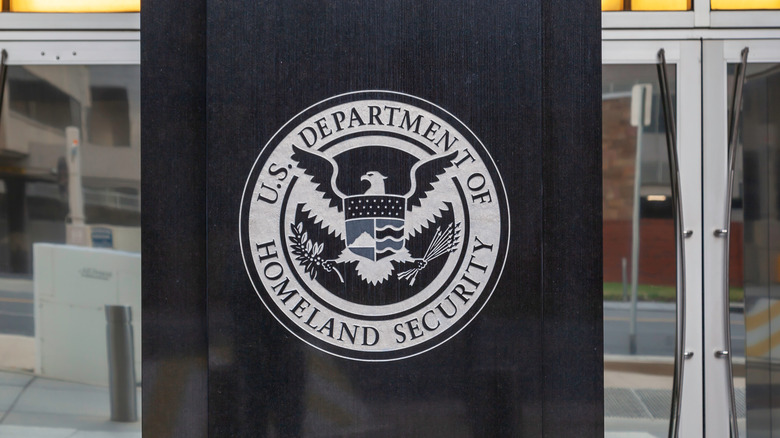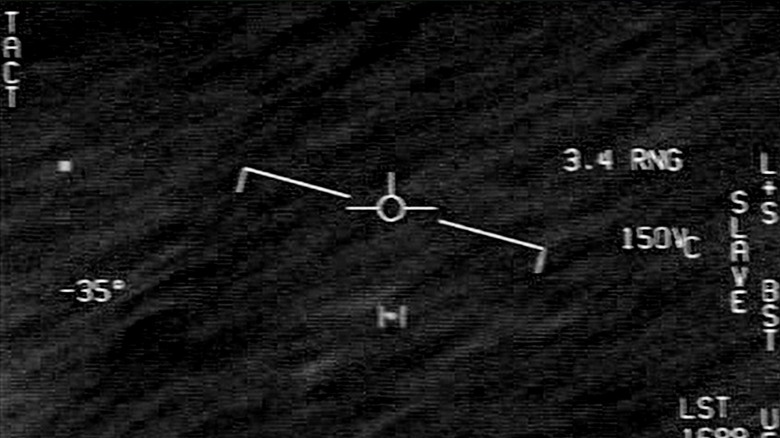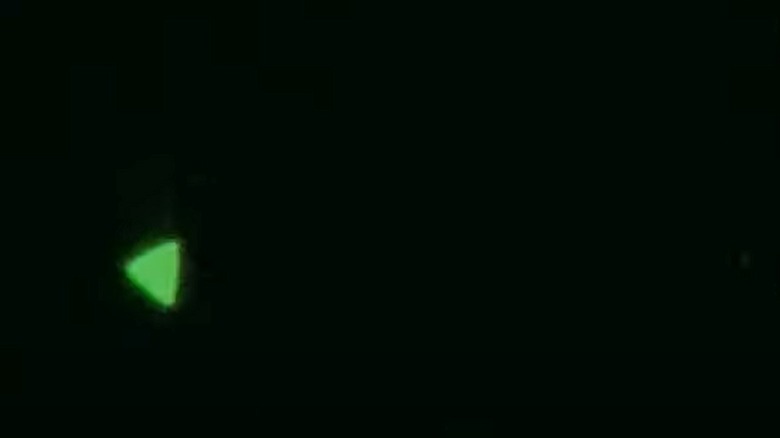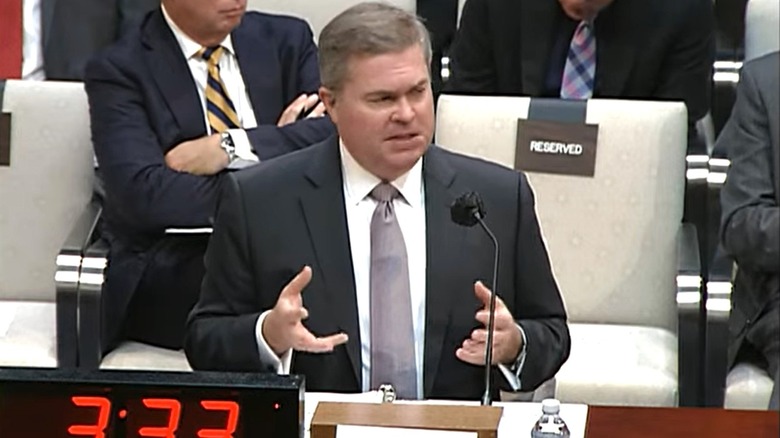Pentagon Says They'll Investigate UFOs In Rare Public Hearing
On May 17, 2022, the U.S. Congress held a historic public hearing on unidentified aerial phenomena (UAPs). The hearing sent out a clear message across the government, military, and civilian sectors that the Department of Defense (DOD) is investigating UAPs. The hearing conducted by the Intelligence Counterterrorism, Counterintelligence, and Counterproliferation Subcommittee was streamed live.
Congressman André Carson, Chairman of the subcommittee, said in his opening statement, "The last time Congress had a hearing on UAPs was a half-century ago. I hope that it does not take 50 years for Congress to hold another because transparency is desperately needed." The U.S. government ended its Project Blue Book — dedicated to cataloging and investigating UFOs — 50 years ago. In 2017, the DOD began working silently on a similar project. Today the project is known as AOIMSG, short for Airborne Object Identification and Management Synchronization Group. "Today, we will bring that organization out of the shadows," the Chairman of the subcommittee, Mr. Carson, said.
Destigmatizing UFO sightings and reports
One of the key components of the work that AOIMSG does is the collection of reports and sightings. The DOD stressed that sightings are crucial for national security and need to be destigmatized and reported. "For too long, the stigma associated with UAPs has gotten in the way of good intelligence analysis. Pilots avoided reporting or were laughed at when they did. DOD officials relegated the issue to the backroom or swept it under the rug entirely, fearful of a skeptical national security community," the Chairman of the subcommittee, Mr. Carson, said.
U.S. Congressman Rick Crawford — serving his second term on the subcommittee — expressed his concern about Chinese and Russian hypersonic weapon development, foreign weapons, and foreign systems "known-unknown." Mr. Crawford urged work to identify UAPs in that area and "prevent technical surprises" for the United States. The DOD is now working on a standard process for pilots to report UAP sightings. "Our goal is to eliminate this stigma by fully incorporating our operators and mission personnel into a standardized data gathering process," Mr. Moultrie, a veteran of the National Security Agency, told Congress.
UFO declassified videos played in Congress
Mr. Scott Bray, Deputy Director of Navy Intelligence, streamed two previously classified videos for the subcommittee. One of the videos was recorded by a Navy jet pilot and another by U.S. Navy personnel operating off the U.S. Coast. The first video of an FA-18 fighter jet video shows a spherical object not very far from the jet. To this day, the airborne object in the video has not been identified. Mr. Bray explained that a limited amount of high-quality data often blocks the attempts to investigate the phenomena observed and registered.
The second video recorded by U.S. Navy personnel showed numerous bright triangular shapes in a night sky shot with night vision goggles. This event was unresolved for years until another similar incident was recorded by U.S. Navy personnel at a different location. Further investigation revealed that the airborne objects were unmanned drones that, when shot with night vision and recorded by a camera, presented the illusion of a triangle-shaped craft. DOD declassified the videos to reveal real examples to Congress of how they work to identify UAPs and the challenges they face.
If you see something, report it
The DOD recognized that since the year 2000, the number of unauthorized and unidentified aircraft and objects has been increasing. They attributed the rise in sightings to advancements made in technology that scans and monitors airspace. During the hearing, the DOD witness explained that several issues and answers to questions the members of the subcommittee had would be addressed in a closed, classified UAP session scheduled right after the public session concluded. The subcommittee explained that some UAP issues had been classified due to national security issues and not because the information was being "hidden."
"It is also the responsibility of ... government and this panel to share as much as we can with the American people — since excessive secrecy only breeds distrust and speculation," Rep. Mr. Adam Schiff said. The DOD's AOIMSG standardizes its findings and conclusions when trying to identify UAPS into categories that include atmospheric phenomena, balloons or other air trash, civilian airborne objects, domestic military airborne technology, foreign airborne known-unknown technology, or unknown phenomena that cannot be explained.
Those objects that cannot be explained can include anything from cases that have insufficient data to identify the object to airborne technology of non-terrestrial origin. "We believe that making UAP reporting a mission imperative will be instrumental to this effort's success," Mr. Bray said. "If you see something, you need to report it," the Deputy Director of Navy Intelligence added. "We will go wherever the data takes us."



